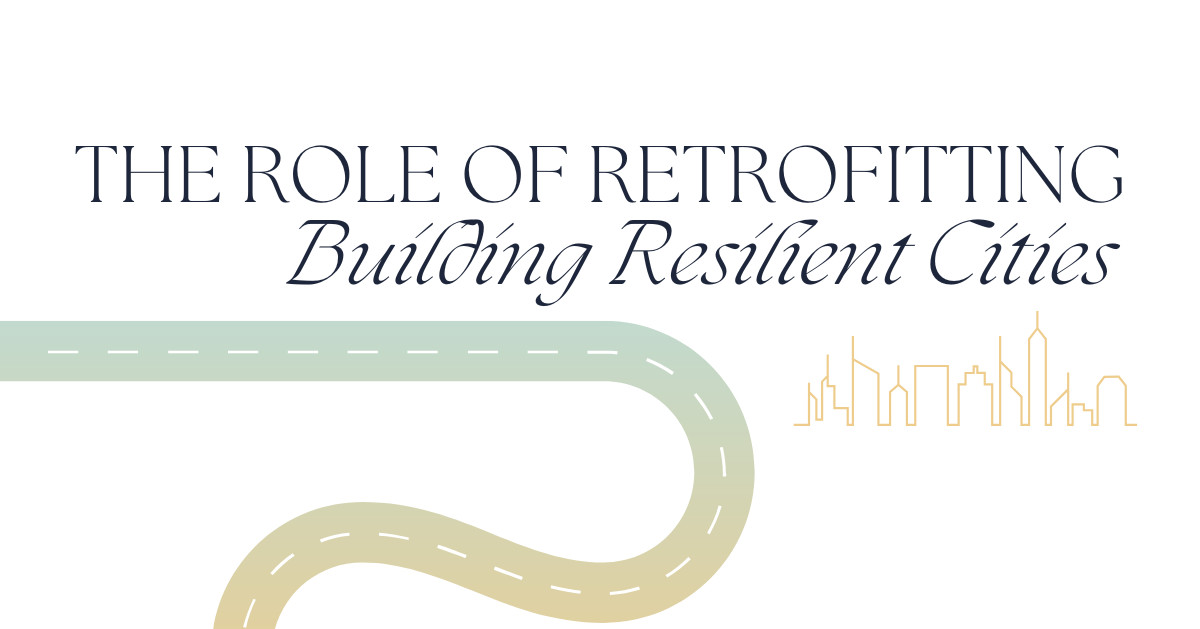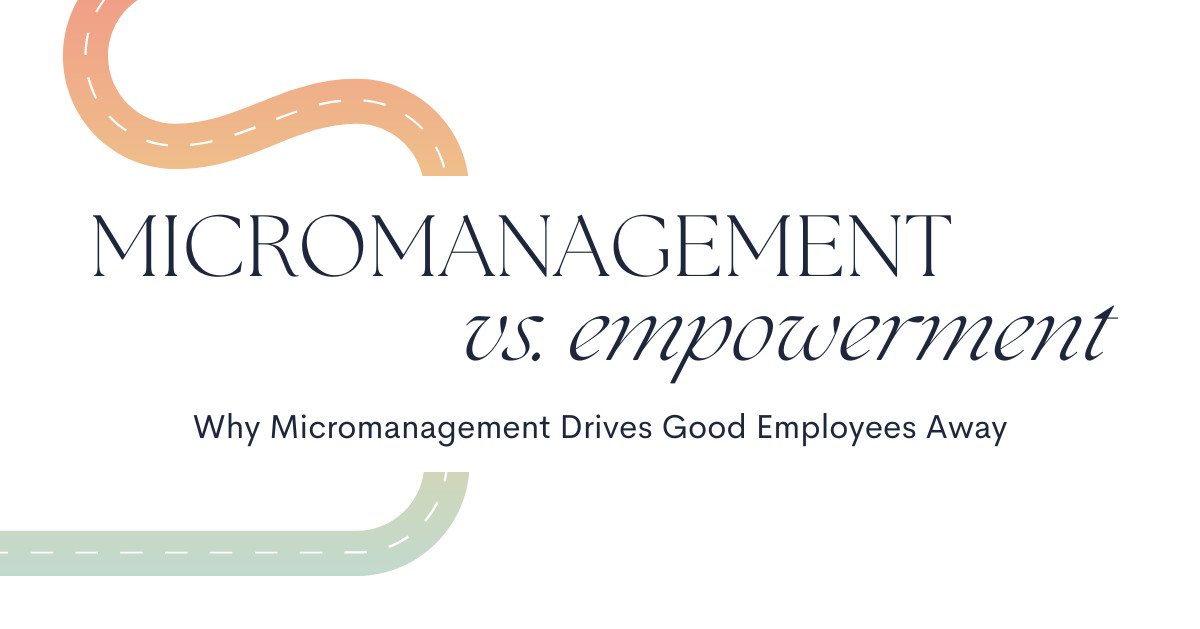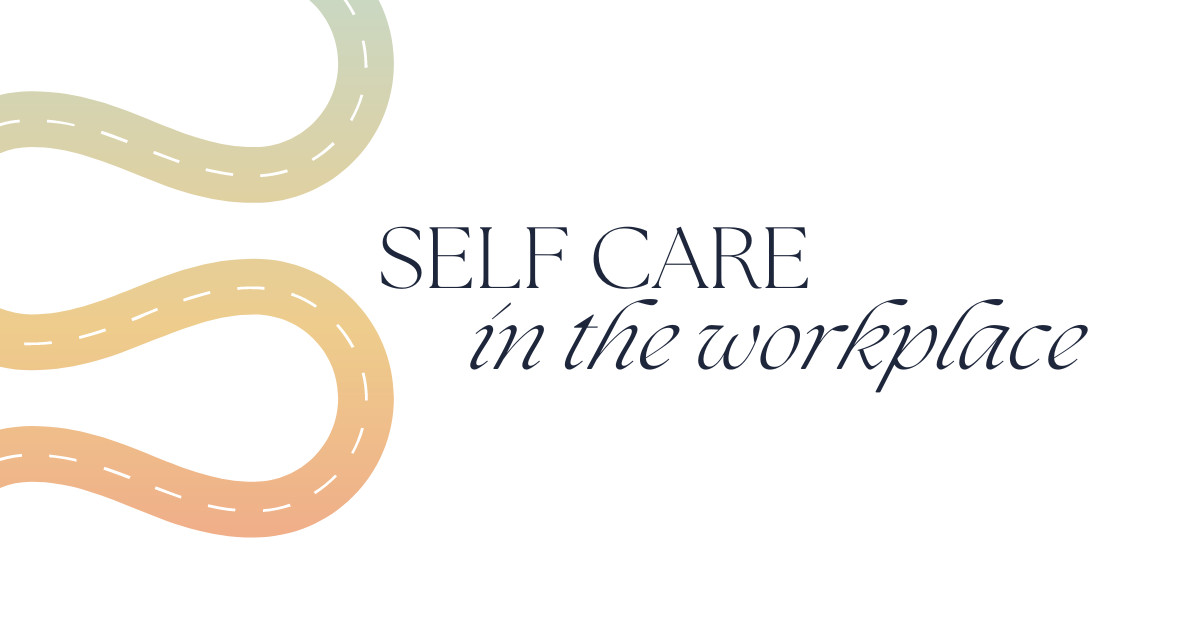
Amid rising U.S. tariffs and an increasing emphasis on sustainability, making intentional purchases has become a focus in many households. Prioritizing local and Canadian businesses while reducing environmental impact is a goal embraced by many, even if perfection remains elusive. The journey is centered on shifting habits towards conscious consumerism and fostering a progressive mindset—understanding that progress is more valuable than perfection.
When items are truly needed, looking for secondhand alternatives or borrowing are preferred steps, reducing landfill contributions and the demand for new products. Supporting local shops, such as markets and family-owned businesses, not only strengthens community economies but also provides unique buying experiences. If just a small percentage of Canadians dedicated a portion of their spending to local products, the economic benefits to local communities would be substantial. This approach underscores the significance of thoughtful purchasing as a means to promote sustainability and community well-being.
Read more...
The EnerGuide report includes a clear breakdown of your home's energy consumption, categorized by space heating, cooling, water heating, and appliances. It also highlights areas for improvement, featuring recommended upgrades that can significantly boost energy efficiency, such as enhancing insulation, sealing drafts, and upgrading to energy-efficient HVAC systems or incorporating renewable energy solutions. Each recommended upgrade is prioritized based on its potential impact on energy savings and home comfort.
Additionally, the report provides information on government grants and rebate programs designed to help offset the cost of these energy upgrades. By utilizing your EnerGuide report, you can prioritize and plan your home improvements, check for available rebates, and consult with energy professionals to make the most of the recommendations provided. Ultimately, leveraging your EnerGuide report can lead to a more comfortable, cost-efficient, and environmentally friendly home.
Read more...
Sunday was supposed to be a day of rest, but instead, I spent it speed-running through laundry, groceries, meal planning, school + week prep, work stress, and solo parenting—because my husband works away and my five-year-old thinks 5:30 a.m. is a totally reasonable wake-up time on the weekend.
Weekend activities? Yup.. Homework? Oops. Family calls? Maybe next week. Birthday parties? None—which honestly feels like a win.
By the time Sunday night rolled around, I had planned the week, survived the chaos, and successfully avoided folding the laundry. Now excuse me while I lie on the couch, eat snacks straight from the bag, and stare into the abyss of Monday.
Read more...
As cities grapple with increasing climate challenges, sustainable urban planning is crucial, with energy efficiency playing a pivotal role in reducing emissions and cutting energy costs. In places like St. John’s, integrating energy-efficient retrofits into city planning presents an opportunity not only to address environmental imperatives but also to foster a healthier, economically viable urban environment. Retrofitting older buildings with outdated infrastructure is essential to curb high operational costs and carbon emissions, thereby aligning with broader sustainability goals.
Buildings consume a significant portion of energy within urban settings, with outdated systems contributing to inefficiencies and greater utility costs. Comprehensive energy audits can help cities like St. John’s identify areas of improvement, prioritize impactful retrofits, and implement upgrades such as better insulation, efficient HVAC systems, and renewable energy integration. In doing so, cities can enhance climate resilience, improve indoor air quality, and ensure community stability amidst extreme weather events.
Securing funding and community engagement are critical components of a successful retrofit strategy. By leveraging federal and provincial grants, utility rebates, and potential public-private partnerships, St. John’s can offset the costs associated with retrofitting projects. Community involvement can extend sustainable practices beyond municipal buildings, encouraging homeowners and businesses to adopt energy-efficient measures, ultimately paving the way for a greener, more resilient city.
Read more...
Addressing climate change may seem daunting, but significant contributions can start within our own homes through energy retrofits. By improving energy efficiency, homeowners can significantly reduce their carbon footprint, save on utility costs, and enhance the overall health of our planet. These upgrades, such as improved insulation, air sealing, and adopting energy-efficient systems and smart home technology, not only reduce energy waste but also contribute to a sustainable environment.
Energy retrofits have a ripple effect from the household level to the global stage. Simple actions like installing LED lights and sealing drafts can lead to substantial savings and inspire community-wide participation in energy efficiency initiatives. On a larger scale, widespread implementation of energy retrofits could decrease global energy demand, aiding international efforts to meet climate goals.
Taking action to retrofit your home allows individuals to directly partake in the fight against climate change, offering tangible benefits such as reduced energy costs, improved home comfort, and contributing to planetary well-being. Starting with an energy audit can help identify inefficiencies and guide homeowners in prioritizing low-cost improvements first, eventually leading to more significant investments like solar panels or HVAC system upgrades. By viewing retrofitting as part of a larger collective movement, individuals can help shape a sustainable future that ensures healthier communities and a thriving planet.
Read more...As urban centers continue to grow, retrofitting has emerged as a key strategy in combating climate change and enhancing the sustainability of cities. By upgrading existing buildings and infrastructure with energy-efficient heating and cooling systems, improved insulation, and renewable energy sources, cities can significantly reduce energy consumption and cut carbon emissions. This approach not only addresses environmental concerns but also avoids the need for resource-intensive new constructions, making retrofitting a cost-effective and immediate solution.
The benefits of retrofitting extend beyond environmental impact; it also bolsters the resilience of buildings to withstand extreme weather events, thereby safeguarding communities. Successful projects around the world, such as the Energiesprong initiative in the Netherlands and the California Academy of Sciences retrofit in San Francisco, showcase how retrofitting can lead to substantial energy savings while also serving as models of sustainability. Similarly, efforts like thermal insulation upgrades at London's Barbican Estate highlight the potential financial savings and alignment with broader emission reduction goals.
For retrofitting to reach its full potential, it must be part of an integrated planning strategy that aligns with urban wellness objectives. This holistic approach prioritizes resident wellbeing by improving indoor environment quality and promoting the integration of green spaces and public transport. Ultimately, retrofitting is an investment not only in reducing emissions but also in fostering resilient, healthy, and vibrant urban environments for future generations.
Read more...As summer transitions into fall, the start of the school year brings an ideal opportunity to realign professional goals and harness the season's powerful energy for introspection and organization. Decluttering your work life by purging your inbox, streamlining your files, and assessing your work tools can create mental and physical space for fresh ideas and greater focus. This back-to-school season is perfect for resetting mindsets, reflecting on past achievements, and establishing new routines that promote productivity and well-being.
Reflect on past accomplishments to build momentum toward professional goals, release self-doubt, and adopt a growth mindset through learning and self-improvement. Starting new routines such as morning rituals, scheduled breaks, end-of-day reflections, and evening wind-down activities can enhance focus and motivation. Fall’s energy encourages revisiting and realigning career goals, setting achievable short-term objectives, and fostering balance and boundaries between work and personal life to maintain mental well-being.
Finally, let the energy of fall bring clarity and direction to your career by taking a step back from chaos and allowing the seasonal shift to guide you. This season of harvest symbolizes the fruition of past efforts and offers a chance for reflection and course correction. Whether advancing in your current role, pivoting to a new field, or focusing on personal development, now is the perfect time to set yourself up for success.
Read more...In any workplace, leadership style can significantly impact employee satisfaction, performance, and retention. Two contrasting approaches—micromanagement and empowerment—shape how employees engage with their work, their teams, and their leaders. While micromanagement may appear to maintain control and high standards, it often drives employees away, whereas empowering employees fosters creativity, loyalty, and long-term success.
Micromanagement involves managers closely observing or controlling every aspect of an employee's work, leading to an environment where employees feel stifled and incapable of reaching their potential. This excessive oversight erodes trust, stifles innovation, increases stress, and ultimately results in higher turnover. Empowering employees, on the other hand, builds trust, boosts morale, and enhances productivity by giving employees the autonomy to make decisions and take ownership of their work.
Transitioning from micromanagement to empowerment involves delegating more tasks, encouraging autonomy, providing constructive feedback, and celebrating achievements. These steps create a workplace culture where employees feel valued, trusted, and motivated, contributing to greater job satisfaction, reduced stress, and higher retention of top talent. By choosing empowerment over micromanagement, businesses can foster a more innovative and collaborative environment, propelling long-term success.
Read more...In today's high-pressure work culture, promoting self-care in the workplace is essential for maintaining a healthy, happy, and motivated team. Encouraging regular breaks, time-off, and self-care practices can rejuvenate workers, making them more focused, creative, and efficient. Stress management techniques such as mindfulness and daily walks can also reduce anxiety, leading to happier and more resilient employees.
Physical health is equally important in a sedentary work environment. Facilitating activities like lunchtime yoga or stretching exercises can improve cardiovascular health, reduce muscle tension, and elevate energy levels. A culture that values work-life balance fosters emotional well-being, promoting personal interests and family time, which are vital for overall happiness.
Creating a supportive work environment by promoting self-care can enhance productivity, reduce turnover, and attract talent. Flexible work hours, wellness programs, and a comfortable workspace can make the office more pleasant and reduce physical strain. Incorporating self-care into the workplace strategy ensures long-term success and sustainability for both employees and the organization.
Read more...Self-care isn’t a luxury; it’s a necessity. As busy moms and professionals, taking time for self-care is essential to maintaining physical health, mental clarity, and emotional well-being. On this International Day of Self Care, let’s explore meaningful ways to nurture our mind, body, and spirit.
Caring for your mind involves practices like meditation for stress relief, journaling for reflection, reading for relaxation, pursuing new hobbies, and taking digital detoxes. Physical health is fundamental to overall wellness, and can be maintained through regular exercise, balanced nutrition, hydration, quality sleep, and muscle relaxation techniques such as massage or stretching.
Spiritual self-care connects you with your inner self and can include spending time in nature, engaging in spiritual practices, creative expression, and maintaining gratitude and social connections. Overcoming challenges such as time constraints, guilt, low energy, and prioritization is crucial for balancing motherhood and professional demands. Remember, self-care isn’t selfish—it’s essential for well-being.
Read more...







